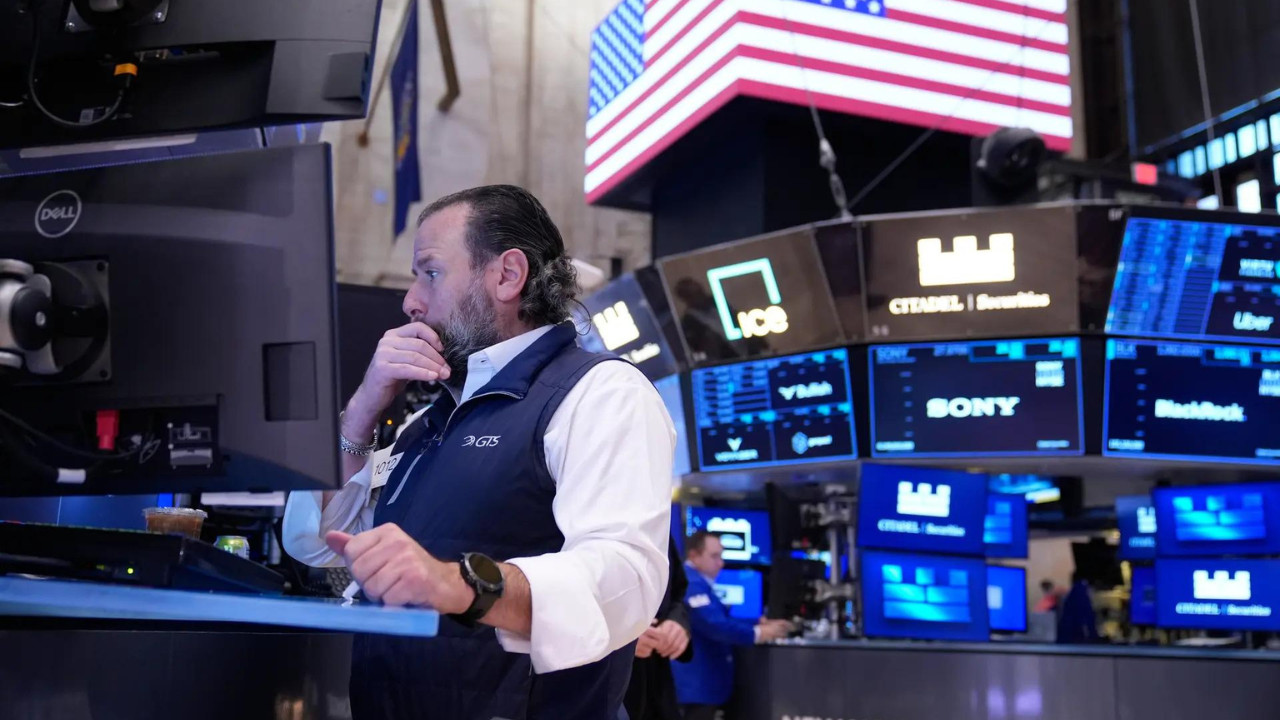India’s Nifty 50: Could It Really Hit 30,000 by 2026?
The Indian stock market has been on a tear recently, leaving many wondering just how high it can climb. We’ve seen impressive gains, new IPOs generating significant buzz, and a general sense of optimism permeating the investment landscape. But could the Nifty 50, India’s flagship stock market index, really reach the dizzying height of 30,000 by 2026? That’s the forecast from financial giant JP Morgan, and it’s worth diving into what’s fueling such a bullish perspective.
For those unfamiliar, the Nifty 50 represents the weighted average of 50 of the largest Indian companies listed on the National Stock Exchange. It’s a key indicator of the overall health and performance of the Indian economy, and significant movements in the index often reflect broader economic trends.

What’s Driving the Optimism Around the Nifty 50?
JP Morgan’s projection isn’t just plucked out of thin air. Several factors are contributing to their positive outlook on the Nifty 50. Firstly, and perhaps most significantly, is the anticipated continued growth of the Indian economy. India is projected to remain one of the fastest-growing major economies in the world, driven by a large and increasingly affluent consumer base, a burgeoning middle class, and ongoing government reforms aimed at boosting investment and infrastructure development. This economic expansion naturally translates into increased corporate earnings and, subsequently, higher stock prices.
Secondly, the increased participation of domestic investors is playing a crucial role. Gone are the days when the Indian stock market was solely reliant on foreign institutional investors (FIIs). The rise of domestic mutual funds, systematic investment plans (SIPs), and a growing awareness of equity investments among the general population is creating a more robust and resilient market. This diversification of the investor base reduces volatility and provides a cushion against potential outflows from foreign investors.
Furthermore, government policies focused on manufacturing, infrastructure, and digital transformation are expected to create a ripple effect across various sectors. Initiatives like “Make in India” and investments in infrastructure projects are designed to attract both domestic and foreign investment, stimulating economic activity and bolstering corporate performance. The digital revolution underway is also creating new opportunities for businesses and driving innovation across various sectors. Consider exploring our piece on [India’s digital transformation and its impact on small businesses](internal-link-to-related-content).
Potential Hurdles on the Road to 30,000
Of course, no market forecast is without its potential pitfalls. While the outlook for the Nifty 50 is largely positive, several factors could derail this bullish trajectory. Global economic headwinds, such as a potential recession in major economies or rising interest rates, could negatively impact investor sentiment and lead to a slowdown in capital inflows.
Geopolitical risks and unforeseen global events could also inject volatility into the market. Furthermore, domestic factors such as policy uncertainties, inflationary pressures, or unexpected political developments could dampen investor enthusiasm and impact corporate earnings.
Moreover, valuations are already looking stretched in certain sectors. A correction, even a healthy one, is always a possibility. Whether it acts as a speed bump or a complete roadblock on the path to 30,000 remains to be seen.
What Does This Mean for Investors?
The prospect of the Nifty 50 reaching 30,000 by 2026 is undoubtedly exciting for investors. However, it’s crucial to approach this optimistic forecast with a balanced perspective. Investing in the stock market always carries risk, and past performance is not indicative of future results.
Therefore, investors should conduct thorough research, diversify their portfolios, and consider their risk tolerance before making any investment decisions. It’s also advisable to consult with a qualified financial advisor to develop a personalized investment strategy that aligns with their individual goals and circumstances.
Ultimately, the future of the Nifty 50 hinges on a complex interplay of economic, political, and global factors. While JP Morgan’s forecast provides a compelling glimpse into a potential future, investors should remain vigilant, informed, and prepared for both opportunities and challenges that lie ahead. It’s a reminder that informed optimism, tempered with realistic risk assessment, is always the best approach to navigating the dynamic world of investing.







